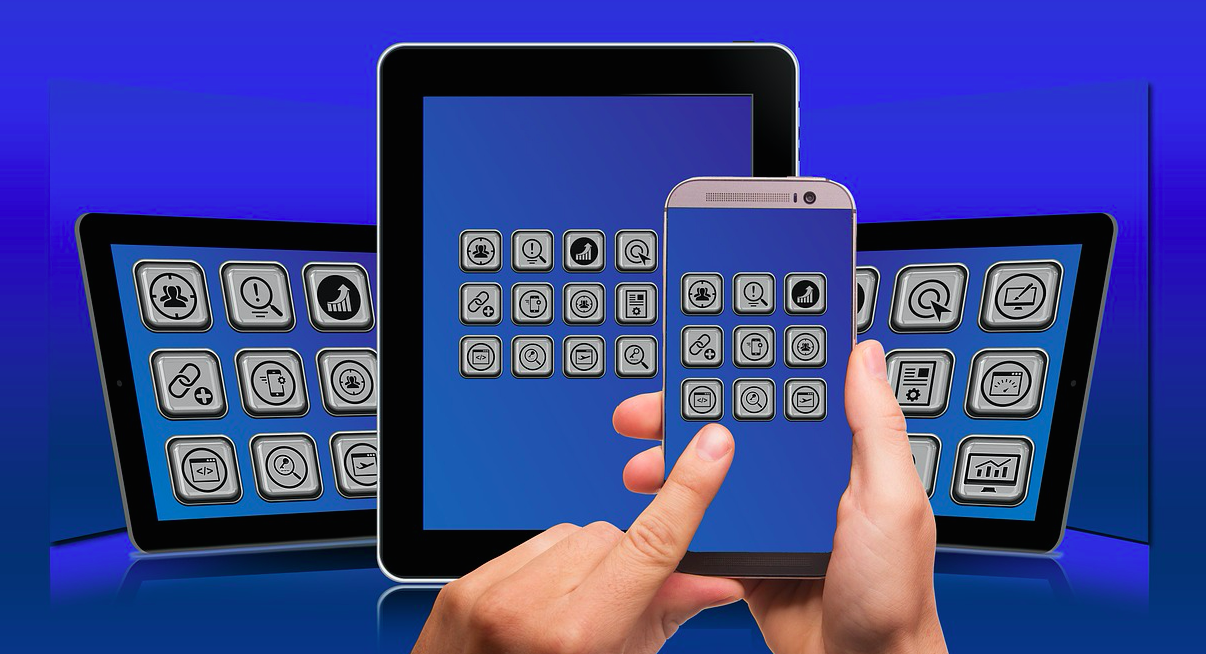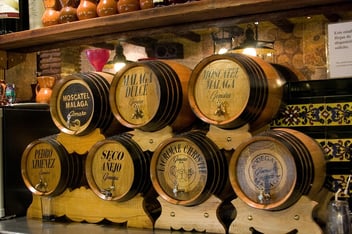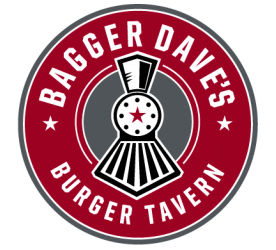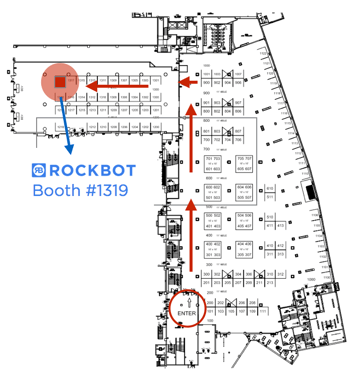Are you thinking about launching your first mobile app but unsure where to start? It can be tough to throw budget at something completely new to your existing restaurant marketing strategy, but with nearly two-thirds of America's population owning a smartphone it's clear your restaurant needs a mobile strategy. Below we have layed out 3 best practices to consider when launching your first restaurant mobile app.
Gauging customer interest
It's beneficial to gauge customer interest when first starting out not only for your own validation that your app will be successful, but to also get buy in from colleagues involved in the project. It's important to remember that you don't have to throw your entire budget at this right away. Many companies start by launching a simple first version of their app, foregoing complicated features until they can prove its success with existing customers. In this case, focusing on one key feature to attract downloads will be very important.
Choosing the right metrics
As with any new initiative, you're going to want to make sure you are set up correctly to be able to measure your success. In order to do this, you will need to first think about your goal. Are you hoping your restaurant's mobile app will drive more traffic or increase engagement across specific channels? The list below outlines a few measurable benchmarks for success:
Increased frequency of ordering
Increased ticket size for orders
Increased social engagement
In-app redemption of rewards or offers
Choosing one key feature
Proving your concept shouldn't mean you need to create an app with 15 different elements, serving multiple functions. Sometimes a simple app that does one thing really well is the most cost effective way to initially test it's success with your customers. Outlined below are 3 key features you can focus on when designing a simple restaurant app.
Option 1: Online Ordering
A great online ordering strategy can be a very effective way to gain loyal followers. Some of the most successful restaurant apps feature incredibly easy and quick ordering functionality. Make the process streamlined by including essentials like a location finder, contact information and the ability to pay through the app, but make sure the feature of online ordering is your marketable asset.
Option 2: Loyalty Program
Another good option is choosing the main focus of your app to be your loyalty program. This option makes your app extremely sticky as it requires customers to open the app and keep it on their phone in order to redeem points or rewards.
Option 3: Waitlist Functionality
For restaurants that are exceptionally busy this is a great value add for your customers and another way to make your app sticky. You can even use third-party services, like NoWait, that integrate with your app, making it easy for customers to see how long the wait is, put their names on the list and receive notifications when their tables are ready.
We talk about many of these restaurant mobile app concepts more in depth in our new report. To read more about the process Bagger Dave's went through, check out the report below!







